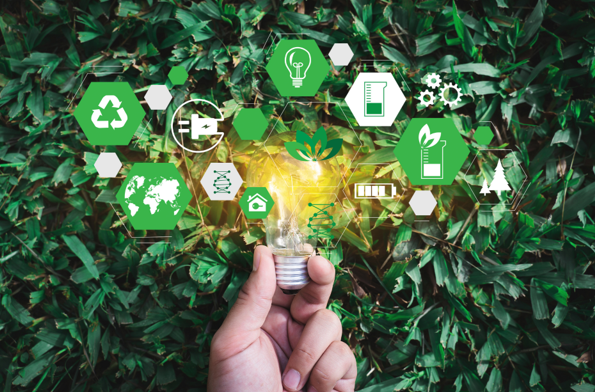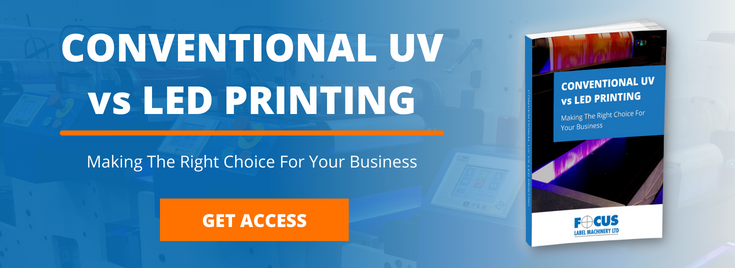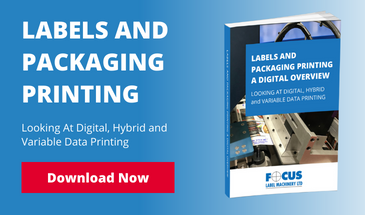
In recent years, awareness of climate change and its causes has become a much more pressing concern for businesses. As the situation becomes ever more acute, consumers demand services and products that are not just high-quality but environmentally responsible as well. For businesses who produce and use printed materials, whether it be in packaging or textiles, environmentally sustainable printing methods thus take on a higher priority than ever before.
LED UV printing is a relatively new technology, offering improvements in efficiency, quality, and versatility over other curing methods. But for many businesses, the overriding concern is with the possible improvements it offers for energy consumption and emissions. How environmentally sustainable is printing using LED curing technology? Let's look at three of the main benefits.
1) Low ink waste
Printing ink is a notoriously expensive commodity. It is also a pollutant, both in terms of the trace elements found in the ink itself and throughout the manufacturing and transportation processes involved in its production. Some will complain that upfront ink costs per unit volume for LED UV printing in UK markets are higher. However, because of their improved efficiency, long-term expenditure, as well as waste, is reduced.
Compared to conventional methods, LED printing requires much less ink to give high-quality print output. The ink has higher levels of pigment and an improved yield. And because the drying process is near instantaneous with LED printing, there's no need for anti-set-off sprays or sealing coats to fix the finish, which means fewer chemicals leach into the environment.
2) Health benefits
Ink can contain toxic compounds, and, in its liquid state, may be harmful to human health. That means it's valuable to have inks dry quickly to avoid possible exposure when handling printed substrates. LED printing uses UV light to cure the ink. This makes the drying process much faster than conventional curing methods and also avoids set-off, which can ruin print batches and necessitate reworks.
Additionally, LED light does not generate ozone, a well-known atmospheric pollutant. LEDs do not generate the same intensity of light and heat as older mercury UV lights, so your machine operators are subject to less risk and have no need for extensive guarding for personal protection.
3) Eco-friendliness and energy-efficiency
The increased drying speed in the LED UV printing process is similarly beneficial for energy usage. The super-fast curing time means very little energy is required compared to conventional drying processes, lessening the carbon footprint. Because there is less heat, there is no need for expensive and energy-hungry chiller systems.
The absence of harmful ozone means that extraction fans are not needed to maintain healthy air conditions around the machinery. Given the electricity demands of fans, this can result in significant savings. Finally, because LED printing machinery has fewer moving parts and more durable printheads, equipment replacement need not be as frequent, with attendant disposal savings.
All-in-all, LED printing's speed, efficiency and reliability can offer excellent savings, in both monetary andenvironmental senses.
What next?
To discuss your requirements or find out more about the benefits of LED curing, please call +44 01949 836223 today.
Image Source: Canva







